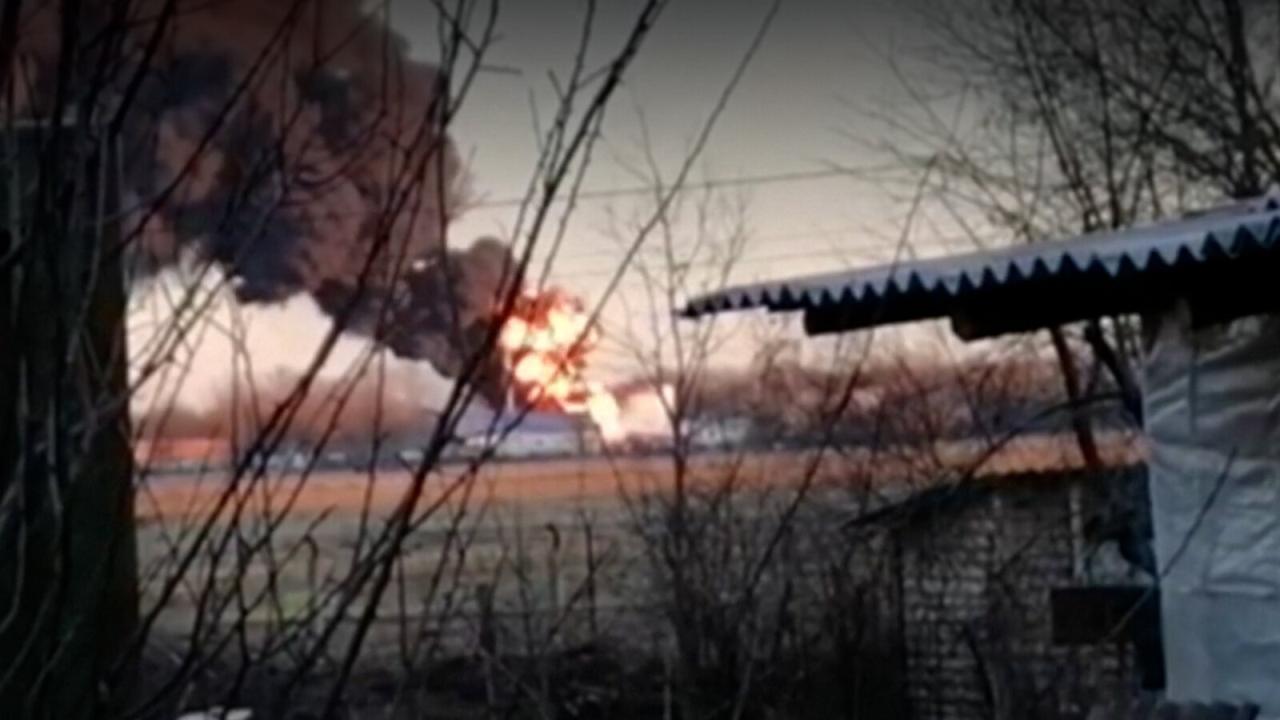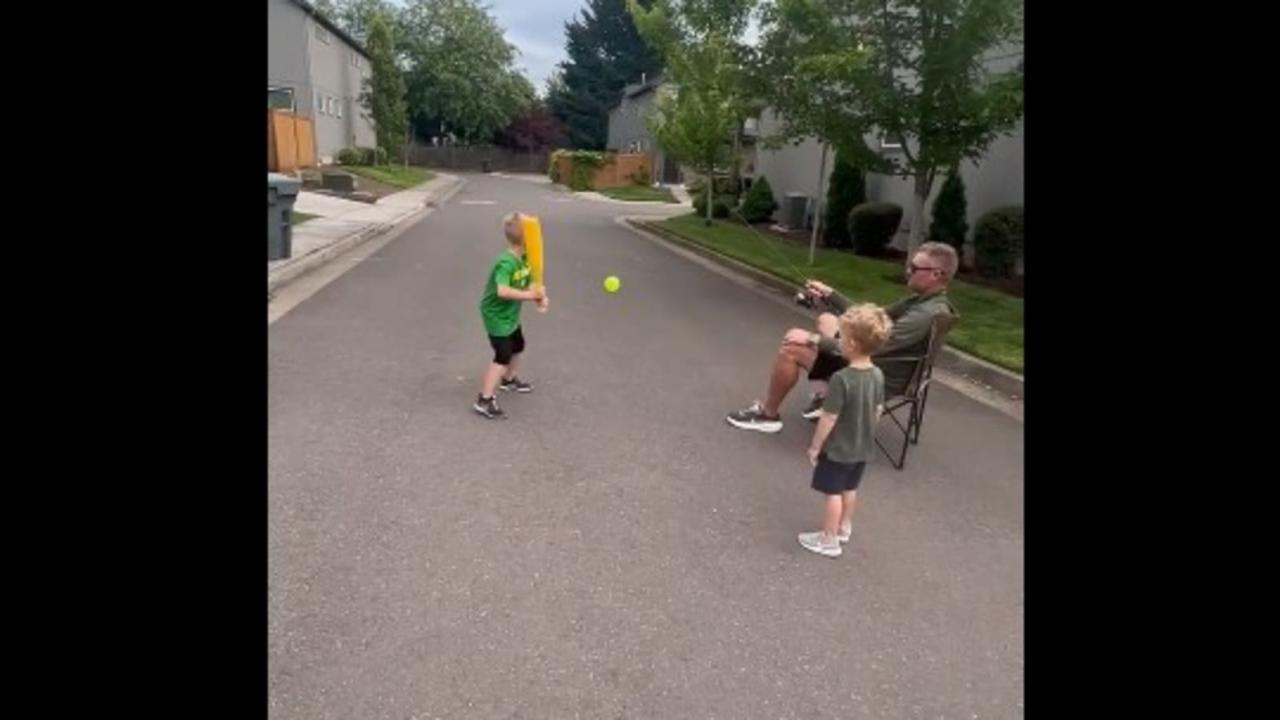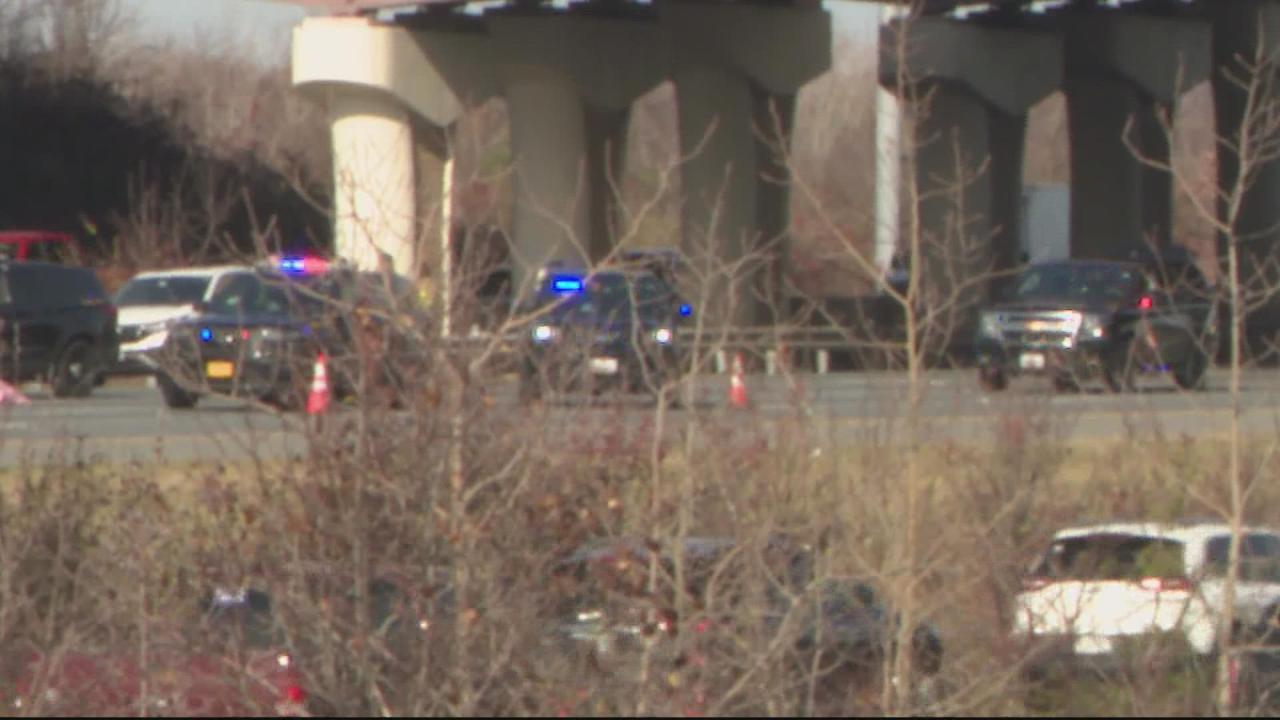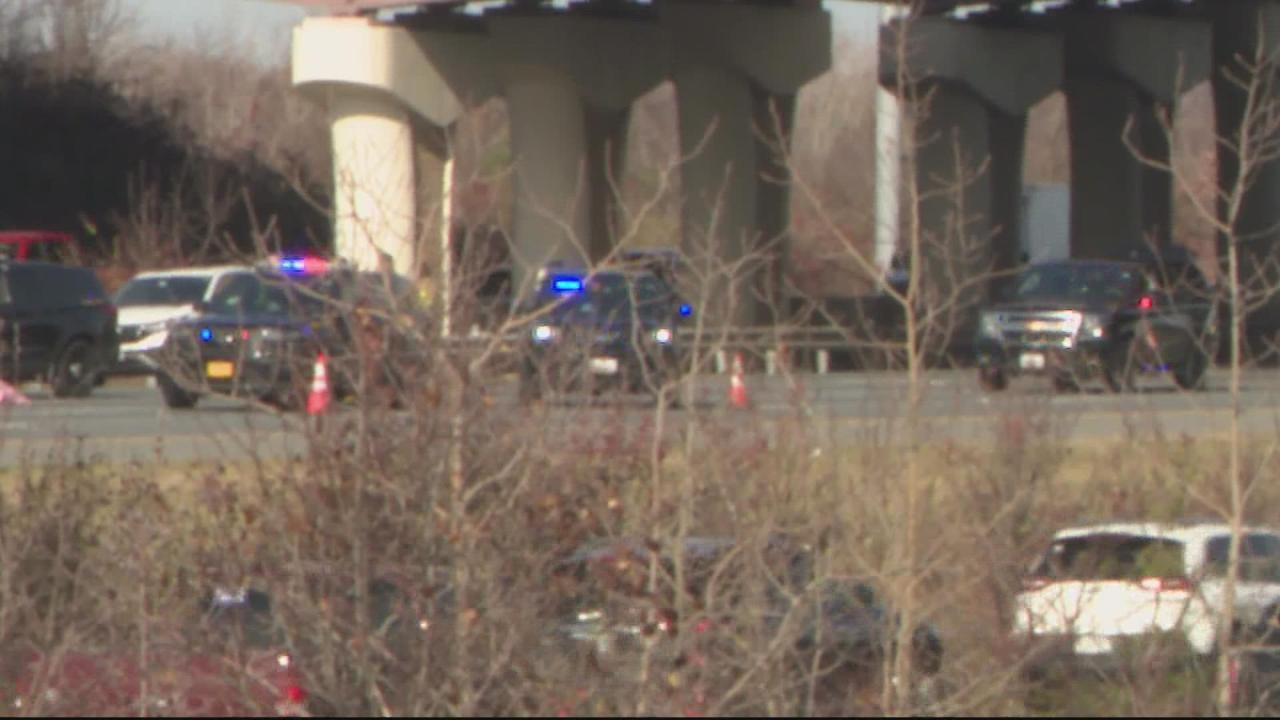Boy hit by drone – the headline alone shocks us. This isn’t a futuristic dystopia; it’s a growing concern in our increasingly drone-filled skies. We’ll explore the various ways this could happen, from accidental collisions to outright negligence, examining the resulting injuries and the legal fallout. We’ll also dive into drone safety regulations, technological solutions, and public awareness campaigns designed to prevent such tragedies.
This investigation delves into the potential causes of such accidents, analyzing factors like drone size, weight, and operator error. We’ll examine existing regulations across different countries, highlighting their strengths and weaknesses, and propose improvements to ensure safer skies for everyone. The ethical considerations of drone usage in public spaces will also be explored, alongside technological solutions that can help prevent future incidents.
A Boy Hit by a Drone: Understanding the Risks and Implementing Solutions: Boy Hit By Drone
The increasing popularity of drones presents both exciting opportunities and significant safety concerns. One particularly alarming scenario involves drones colliding with people, causing potential injuries. This article examines a hypothetical incident where a boy is struck by a drone, exploring the circumstances, safety regulations, legal implications, technological solutions, and illustrative examples to promote a better understanding of this emerging risk.
The Incident: Describing the Event

Several scenarios could lead to a boy being hit by a drone. Let’s consider three distinct possibilities:
- Malfunctioning Drone: A drone experiencing a mechanical failure, such as a loss of control signal or a sudden propeller malfunction, could unexpectedly veer off course and strike a nearby person, such as a child playing in a park.
- Operator Error: An inexperienced or careless drone operator might lose control of their drone, causing it to collide with an unsuspecting individual. This could be due to distractions, a lack of awareness of surroundings, or failure to adhere to safety guidelines.
- Unforeseen Circumstances: Strong winds or unexpected obstacles could cause a drone to deviate from its intended flight path, resulting in an accidental collision with a pedestrian. This highlights the importance of operating drones in appropriate weather conditions.
The severity of injuries sustained by the boy would depend on various factors, including the drone’s size, weight, speed, and the point of impact. Possible injuries range from minor scrapes and bruises to severe head trauma, fractures, and internal bleeding.
| Injury Type | Severity | Potential Causes | Treatment |
|---|---|---|---|
| Bruises and Abrasions | Minor | Low-impact collision | First aid, cleaning, and antiseptic application |
| Fractures | Moderate to Severe | High-impact collision, especially from larger drones | Immobilization, pain management, possible surgery |
| Head Trauma | Severe | Direct impact to the head from any size drone | Immediate medical attention, surgery, long-term rehabilitation |
| Internal Bleeding | Severe | High-impact collision, particularly from heavier drones | Emergency surgery, blood transfusion, intensive care |
The size and weight of the drone significantly impact injury severity. A larger, heavier drone will generate considerably more force upon impact than a smaller, lighter one, potentially leading to more severe injuries. The speed of the drone at the time of impact is another critical factor, as higher speeds increase kinetic energy and the resulting force of the collision.
A boy being hit by a drone is a scary thought, highlighting the potential dangers of these increasingly common machines. This incident makes you think about larger-scale drone accidents, like the one in Paris; check out the details on this drone crash paris report to see the impact a malfunctioning drone can have. Understanding these risks is crucial to promoting safe drone operation and preventing similar incidents involving children or anyone else.
Drone Safety and Regulations, Boy hit by drone
Existing drone safety regulations vary significantly across countries and their effectiveness in preventing accidents is debated. Let’s compare the regulatory landscape of two nations:
- United States: The Federal Aviation Administration (FAA) regulates drone operations in the US, requiring registration for certain drones and mandating safe operating practices. However, enforcement can be challenging, and accidents still occur due to a lack of awareness or disregard for regulations.
- United Kingdom: The UK’s Civil Aviation Authority (CAA) has implemented a drone code, outlining safe operating procedures. This includes restrictions on flying near airports and populated areas. The CAA also actively promotes drone safety awareness campaigns.
Improvements to drone safety regulations could include stricter enforcement, mandatory operator training programs, and the implementation of advanced safety technologies in drones themselves. Specifically to prevent pedestrian accidents, clearer guidelines on operating drones near populated areas, and more public awareness campaigns are needed.
A public awareness campaign could emphasize the following key messages:
- “Know Before You Fly”: Emphasize the importance of understanding and adhering to all local drone regulations and safety guidelines.
- “Maintain Visual Line of Sight”: Highlight the crucial role of maintaining constant visual contact with the drone to avoid unexpected collisions.
- “Respect Personal Space”: Promote awareness of the potential risks of operating drones near people and encourage operators to maintain a safe distance.
Legal and Ethical Implications
In the scenario of a boy being hit by a drone, the drone operator bears primary legal responsibility. Potential legal ramifications include civil lawsuits for negligence, leading to significant financial liabilities. Criminal charges might also be filed depending on the severity of the injuries and the circumstances of the accident.
So, a boy got hit by a drone – pretty scary, right? It makes you think about drone safety and how easily things can go wrong. Incidents like the one described in this article about a drone crash in Paris highlight the potential dangers. That crash, while not involving a person directly, emphasizes the need for responsible drone operation to prevent similar accidents, especially ones involving injuries like the boy’s.
Ethically, drone operation in public spaces necessitates a high degree of responsibility. Operators have a moral obligation to prioritize the safety and well-being of others. This includes careful consideration of surroundings, weather conditions, and potential hazards. The ethical considerations extend beyond individual operators to drone manufacturers, who bear a responsibility to design and produce safe and reliable products.
Drone manufacturers have a legal and ethical responsibility to ensure their products meet safety standards and include adequate safety features. Operators, in turn, are legally and ethically responsible for the safe and responsible operation of their drones. The balance of responsibility lies in both careful product design and conscientious operation.
News about a boy being hit by a drone is a serious reminder of safety concerns surrounding drone technology. It makes you think about the potential risks, especially when considering large-scale drone displays like the amazing niagara falls drone show , which highlights the need for strict regulations and responsible operation to prevent similar accidents. Hopefully, incidents like this will lead to improved safety measures for both spectators and operators.
Technological Solutions
Several technological advancements can mitigate the risk of drones hitting people. These include:
- Improved Obstacle Avoidance Systems: Advanced sensors and AI algorithms can enable drones to detect and avoid obstacles, including people and animals, in real-time.
- Enhanced GPS and Navigation Systems: More precise GPS and navigation systems can improve drone control and reduce the risk of unintended deviations from the flight path.
- Automatic Emergency Landing Systems: These systems can automatically land the drone safely in case of a malfunction or loss of control.
- Fail-safe Mechanisms: Implementing redundant systems and fail-safes can help ensure the drone remains controllable even if one component fails.
Geofencing technology can prevent drones from entering restricted airspace, such as areas with high pedestrian traffic or sensitive locations. This involves setting virtual boundaries that the drone cannot cross, enhancing safety in populated areas.
AI plays a crucial role in enhancing drone safety features. AI-powered obstacle avoidance systems can process sensor data more efficiently and make quicker decisions to prevent collisions. AI can also analyze flight data to identify potential risks and improve drone safety protocols.
Illustrative Examples

An illustration depicting safe drone operation near children would show a drone flying at a safe altitude and distance, with the operator maintaining constant visual contact and awareness of the surroundings. The children are engaged in an activity, and the drone is not interfering with their play. Clear signage indicating drone operation is also present.
An illustration depicting unsafe drone operation leading to an accident would show a drone flying too low and close to children, with the operator distracted and not paying attention to their surroundings. The drone is shown colliding with a child, highlighting the lack of awareness and the resulting consequences. The illustration would emphasize factors like speed, distance, and the operator’s lack of attention.
A visual representation demonstrating the impact of drone speed and weight on the force of impact could use arrows of varying lengths and thicknesses to represent the force. Longer, thicker arrows would represent higher speeds and heavier drones, illustrating the increased force of impact. The size of the impact zone on a simplified human figure could also visually represent the severity of the potential injury.
Conclusive Thoughts

The increasing popularity of drones presents both exciting opportunities and significant safety challenges. While technology offers solutions like improved obstacle avoidance and geofencing, responsible drone operation and robust regulations are paramount. By understanding the potential risks and implementing preventative measures, we can work towards a future where drones coexist safely with people, minimizing the chances of incidents like a boy being hit by a drone.
FAQ Corner
What are the common causes of drone accidents involving pedestrians?
Operator error (lack of awareness, poor piloting skills), malfunctioning equipment, and inadequate regulations are common causes.
What compensation can a victim expect after being hit by a drone?
Compensation depends on the severity of injuries and applicable laws. It can include medical expenses, lost wages, and pain and suffering. Legal counsel is recommended.
Are there insurance policies specifically for drone accidents?
Yes, many drone insurance policies cover third-party liability, offering protection against claims resulting from accidents caused by the drone.
How can I report a drone accident?
Contact local law enforcement and possibly the Federal Aviation Administration (FAA) or your country’s equivalent aviation authority. Document the incident thoroughly.
